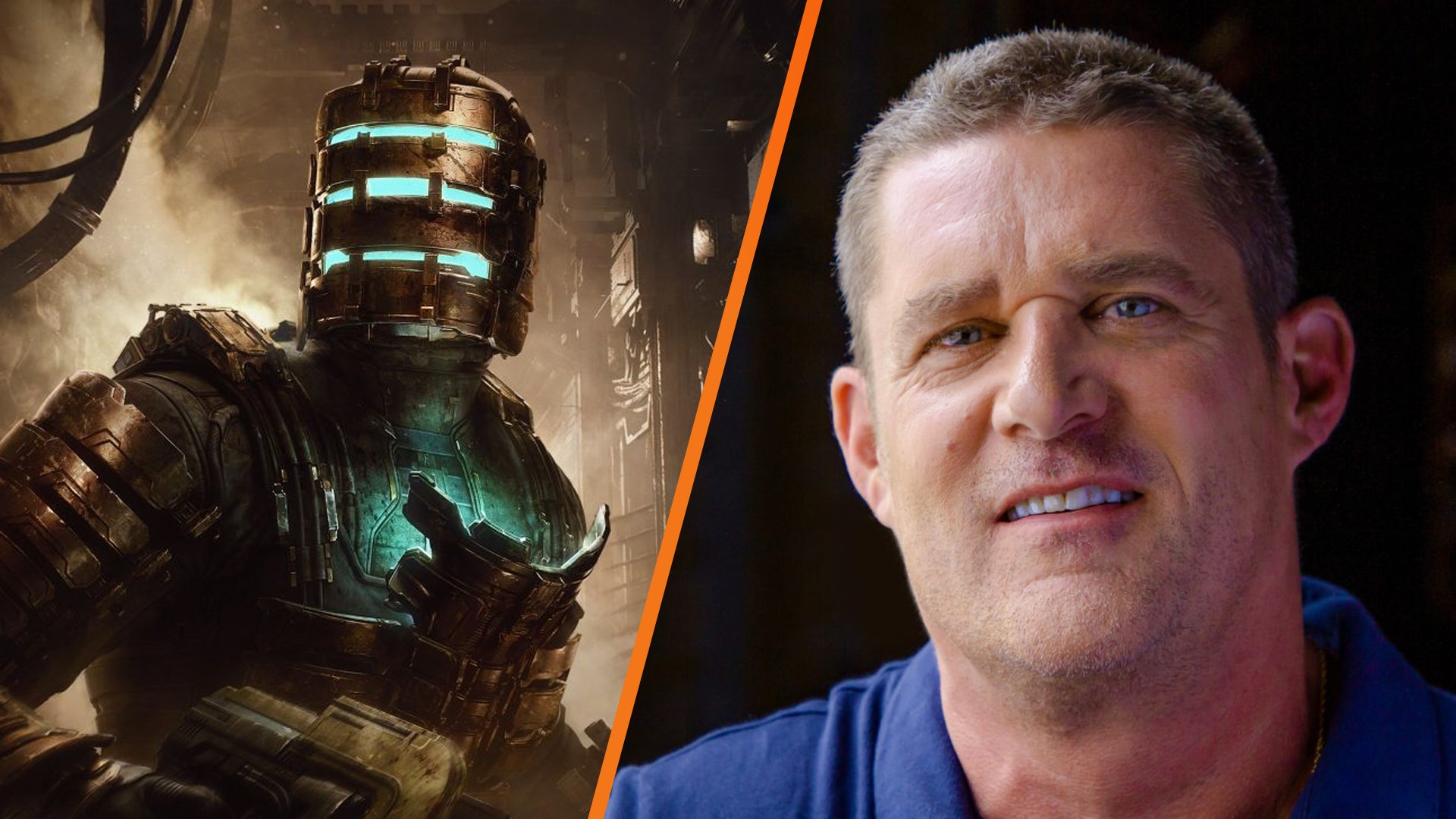SpaceX has launched over 9,000 satellites into orbit, and the vast majority of them are still in operation today. As a result of that massive constellation, the Elon Musk-led firm controls over 60 percent of all active satellites currently in orbit.
And the company’s actively working to launch tens of thousands more, in an effort to bring Starlink broadband satellite internet to the world, efforts that critics say could severely impact the world of astronomy and potentially result in catastrophic orbital collisions.
So you might just spit out your coffee when you hear that despite that enormous footprint in the space surrounding our planet, SpaceX has sent a letter to the Federal Communications Commission complaining that a Texas-based startup called AST SpaceMobile, which is looking to compete with Starlink, is launching too many satellites.
SpaceX accused AST of showing “critical gaps and inconsistencies” that failed to address collision risks, as flagged by Gizmodo.
“AST underestimates its collision risk by assuming its dead satellites will stay in their optimal orientation even when AST loses control of them, AST raises serious questions about its readiness to avoid collisions by massively undercounting the number of objects it will need to avoid in its orbits,” SpaceX wrote.
The Elon Musk-led company went as far as to say that AST failed to adequately assess whether its satellites could “cause a risk to human life on the ground after re-entry.”
Worse yet, SpaceX called on the FCC to “carefully scrutinize” the startup’s plans of launching its constellation, citing potential “risks to space sustainability,” a baffling degree of hypocrisy considering SpaceX is currently operating more than half of all satellites currently in orbit.
While these concerns should certainly be top of mind for any satellite operator, it’s hard not to see SpaceX’s complaint as an effort to undermine competition in the satellite broadband internet space. The firm has a long track record of trying to stamp out competition, especially when it comes to the awarding of NASA contracts.
Unsurprisingly, Space and AST have been involved in a lengthy spat for years now, especially concerning the FCC’s radio band emission rules. Last year, AST accused SpaceX of employing “anticompetitive” tactics, calling it out as a “meme stock.”
“Ironically, SpaceX’s own attempt to intimidate and bully its competitors, regulators, and cellular operators is itself anti-competitive and an effort to deflect technical shortcomings of its own system,” the company told the FCC in October.
Beyond the hypocrisy of SpaceX’s latest letter, its concerns are certainly warranted. AST’s BlueBird satellites are considerably larger than SpaceX’s Starlink satellites. Each one is designed to unfurl an array roughly the size of a tennis court, making it extremely bright and easily visible to the naked eye.
The company’s BlueWalker 3 prototype satellite is so glaring, in fact, that it’s become one of the brightest objects in the night sky, triggering outrage in the astronomy community.
In short, both AST and SpaceX have plenty of work to do to ensure they won’t interfere with observations — nevermind avoiding a potentially disastrous cascading collision as our orbit becomes increasingly cluttered with profiteering space hardware.
More on Starlink: There’s a Giant Problem With SpaceX’s Starlink Satellites
Source link
